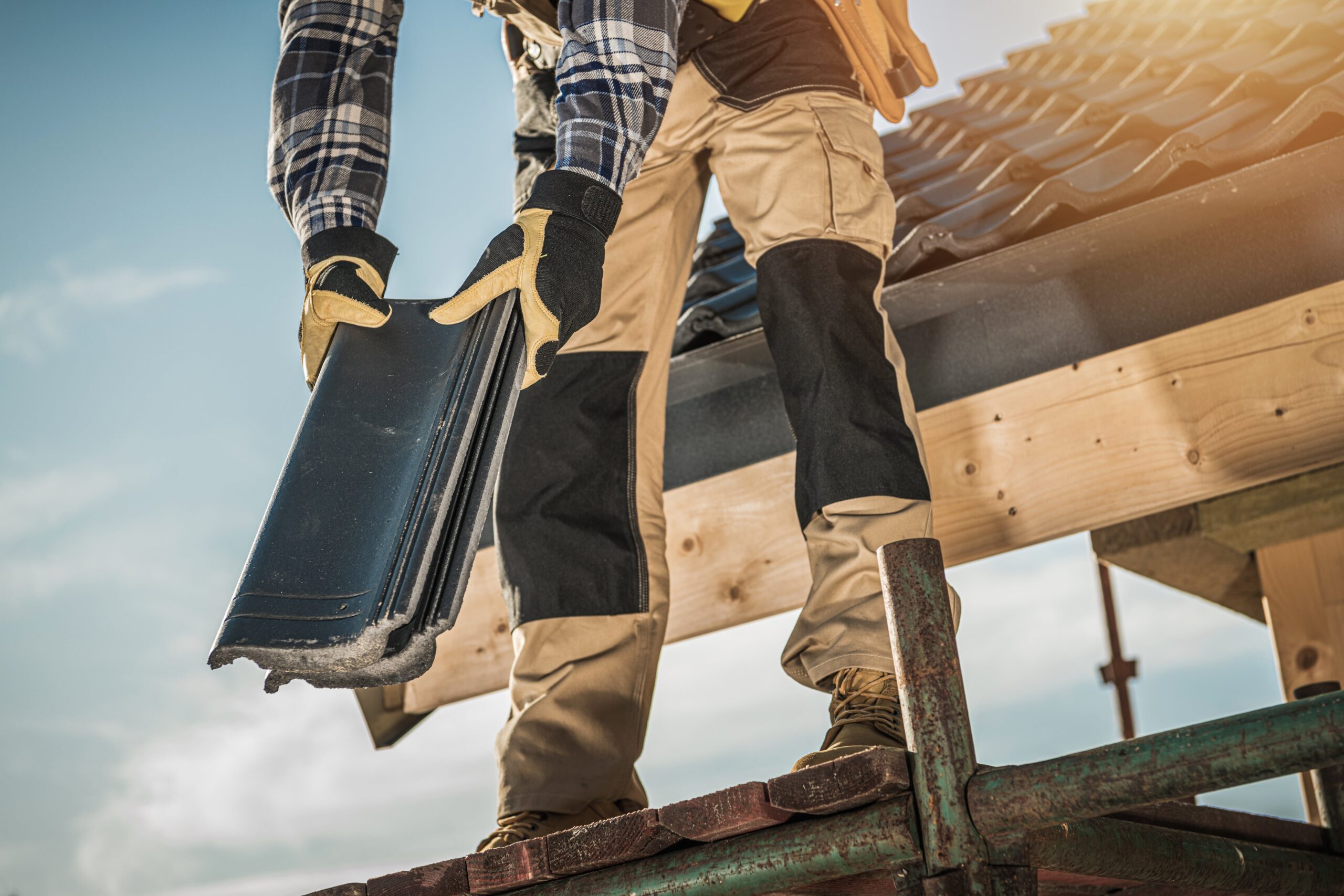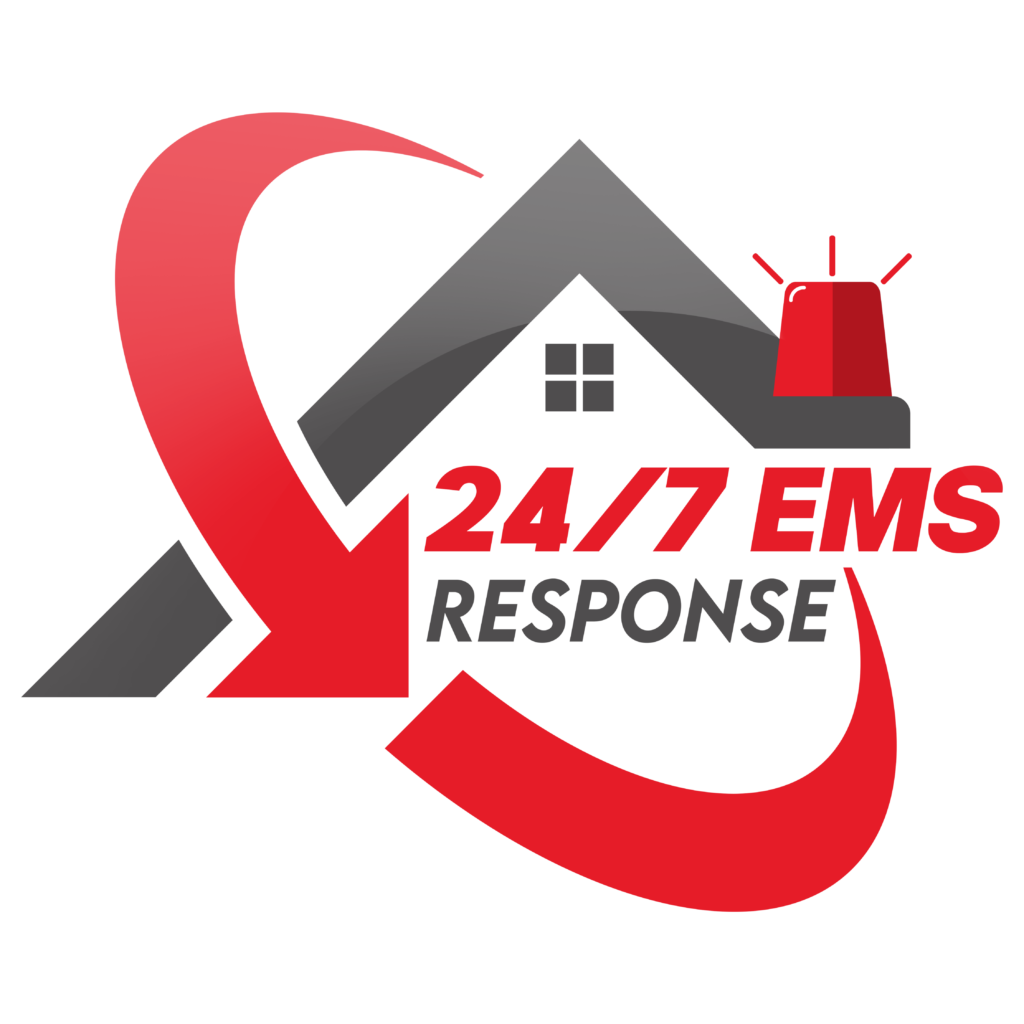Roofing
Shingles
These are the outermost visible layer of your roof. They act like a suit of armor, shedding water and debris, and keeping all the underlying layers of your roof dry and free from damage. Asphalt shingles are the most common type of roofing shingle used on residential homes, but you have many roofing options to choose from.
Decking
The decking is a significant layer of protection for your home, typically consisting of a series of flat boards attached to the joists or trusses. Decking provides a surface shingles, underlayment, and other weatherproofing materials can be attached to.
Underlayment
This crucial layer goes in-between the decking and the shingles. Underlayment is a waterproof or water-resistant layer attached directly to the roof deck, and offers an additional level of protection from severe weather.
Flashing
A thin but essential roof component, flashing is used to direct water away from vulnerable areas of the roof, particularly where a section of roof meets a vertical surface like a wall or chimney. Flashing is typically made of a thin strip of galvanized steel, and keeps water from getting into these potential problem spots.
Drip Edge
Similar to flashing, a drip edge is a thin metal component installed around the entire perimeter of your roof. It acts as a final barrier to direct runoff away from your roof and keep water from penetrating the underlying layers.
Soffit and Fascia
These two architectural elements are also important to your roof. The soffit is the material which covers the underside of the eaves where the rafters extend out past the walls; fascia is essentially the roof line, or the long, straight board which runs along the roof’s lower edge.


5-star Reviews
We can help you regardless of your insurance status

